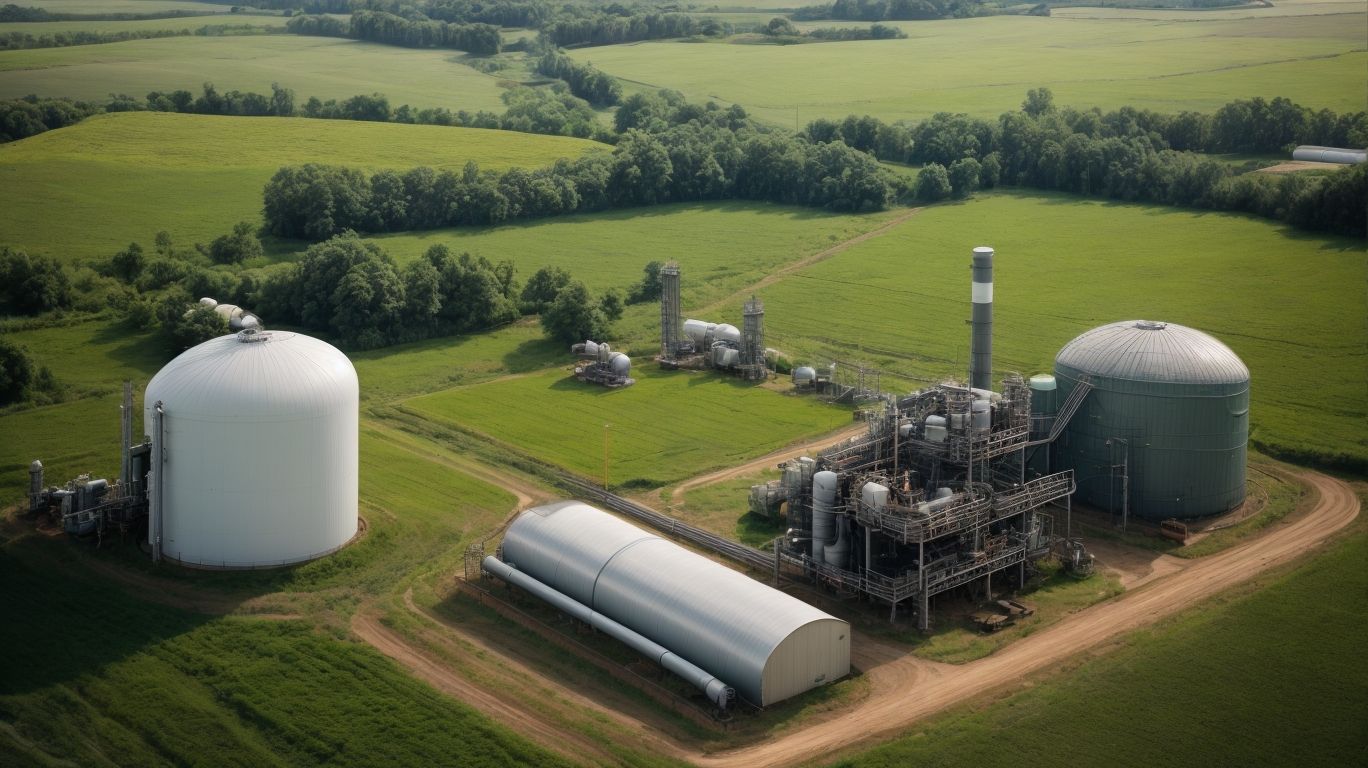Methane is a colorless, odorless, and highly flammable gas that is a key component of natural gas. It is a significant contributor to the energy sector and plays a crucial role in natural gas production. But what exactly is methane, and how does it contribute to natural gas production?
Methane is a simple hydrocarbon compound with one atom of carbon and four atoms of hydrogen. It is the primary component of natural gas, making up around 70-90% of its composition. Methane is produced naturally through various processes, including the decomposition of organic matter, geological processes, and microbial activity. It is also produced through human activities such as agriculture and fossil fuel extraction.
Natural gas is a fossil fuel that is primarily composed of methane but can also contain other hydrocarbons such as ethane, propane, and butane. It is formed over millions of years from the decomposition of organic matter buried deep underground. Natural gas is commonly found in conjunction with petroleum deposits and is extracted through drilling techniques.
The role of methane in natural gas production is vital. Methane is the most abundant component of natural gas and is responsible for its energy-producing properties. It is extracted from natural gas through various methods such as drilling, hydraulic fracturing, and underground coal gasification. Once extracted, it is processed and transported through pipelines for various uses, such as heating, electricity generation, and industrial processes.
While methane is essential for natural gas production, it also has significant environmental effects. Methane is a potent greenhouse gas, with a global warming potential 25 times that of carbon dioxide. It contributes to climate change and has a significant impact on air quality. Therefore, regulations have been put in place to limit methane emissions from natural gas production to reduce its environmental impact.
To mitigate methane emissions, natural gas producers have implemented various technologies and practices, such as leak detection and repair programs and the use of advanced drilling techniques. Additionally, advancements in renewable energy sources have also helped reduce the demand for natural gas, leading to lower methane emissions from production.
In conclusion, methane plays a crucial role in the production of natural gas, providing a reliable and clean source of energy. However, its environmental impact must be carefully managed through efficient production methods and technological innovations to reduce its contribution to climate change.
Key Takeaways:
What is Methane?
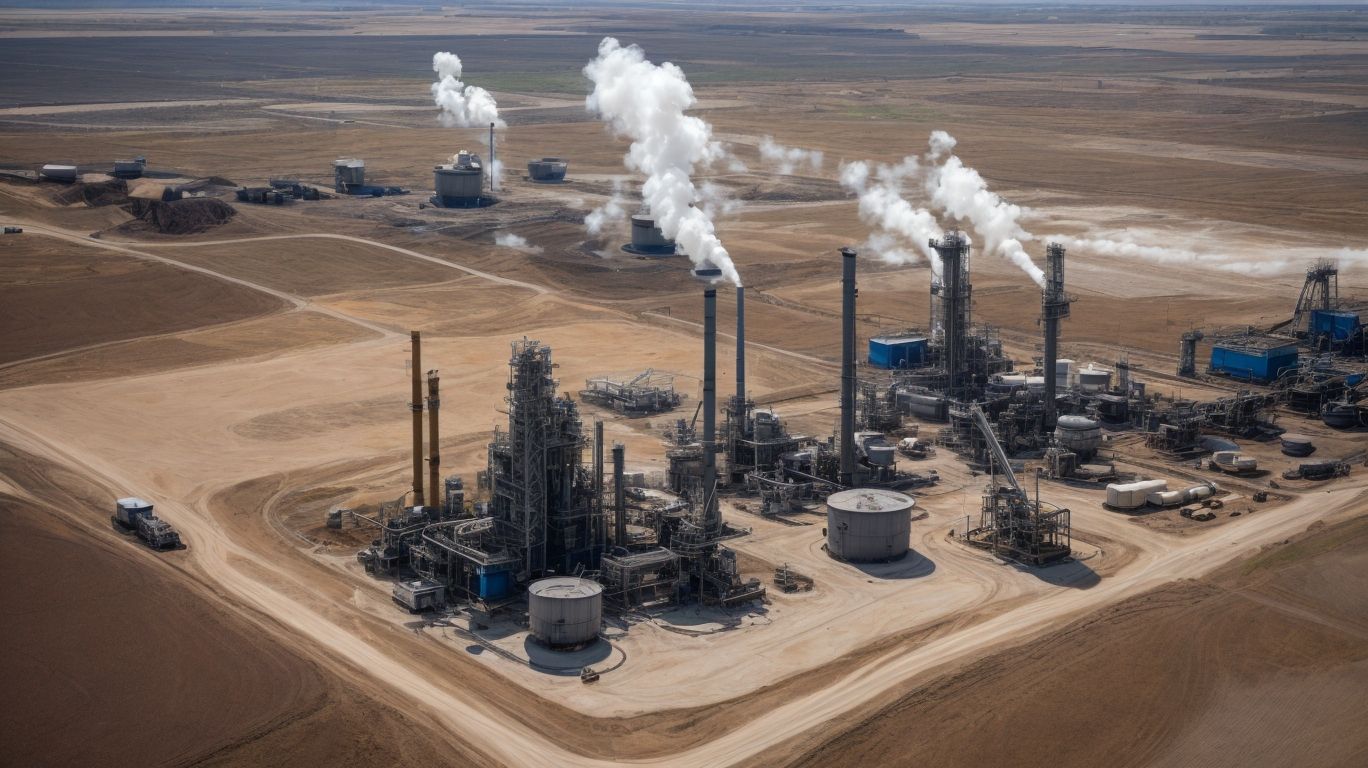
Photo Credits: Chemicalglossary.Net by Albert Hernandez
Methane is a colorless and odorless gas that is the primary component of natural gas. It is formed through the decomposition of organic matter in the absence of oxygen and is highly flammable. This potent greenhouse gas is known for contributing to climate change and is released during various human activities, such as the production and transportation of coal, oil, and natural gas.
Methane plays a crucial role in natural gas production as it serves as the main energy source. Its efficient extraction and utilization are essential in meeting global energy demands.
In 1776, Alessandro Volta made a groundbreaking discovery when he found that methane gas is flammable. Through experiments capturing methane emitted from decaying organic matter and igniting it with a spark, Volta laid the foundation for understanding the properties and potential uses of methane in various industries, including natural gas production. His work paved the way for harnessing the energy of methane and further research on its environmental impact.
How is Methane Produced?
Methane is produced through various natural and human activities. Here is a list of steps explaining how methane is produced:
- Step 1: Methane is produced in natural environments such as wetlands, where organic matter decomposes in the absence of oxygen.
- Step 2: Methane is also generated during the digestion process of animals, especially cows and other ruminants.
- Step 3: Methane can be created through the decomposition of organic waste in landfills.
- Step 4: Methane is released during the extraction and production of fossil fuels like coal, oil, and natural gas.
- Step 5: Methane can also be produced through certain industrial processes, such as the production and transport of coal, oil, and natural gas.
Understanding how methane is produced is crucial in developing strategies to mitigate its impact on climate change.
What is Natural Gas?
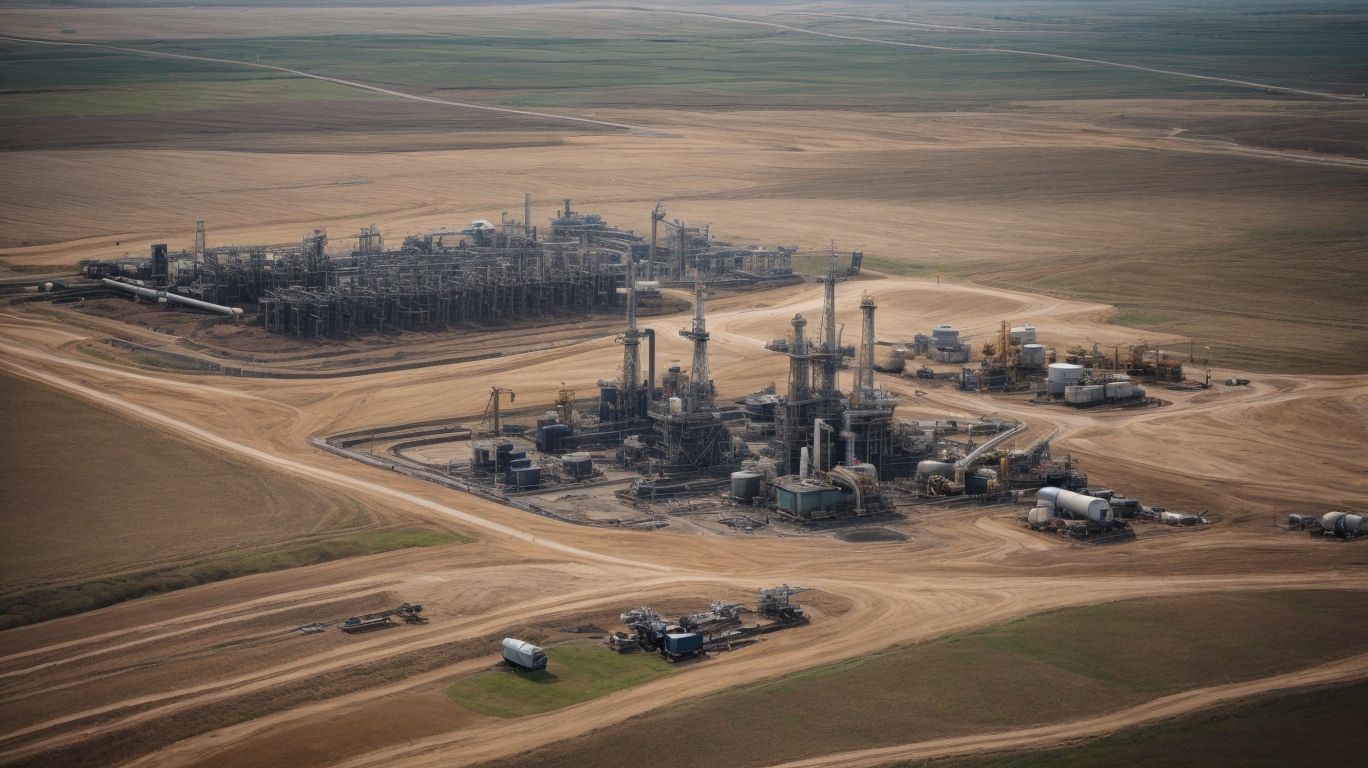
Photo Credits: Chemicalglossary.Net by Kyle Baker
Natural gas is a fossil fuel that is found naturally in the Earth’s crust. It is primarily made up of methane, but may also contain small amounts of other hydrocarbons like ethane, propane, and butane. This fuel is created over long periods of time, as organic matter like dead plants and animals are compressed and heated under high pressure. It is a versatile and environmentally-friendly source of energy, commonly used for heating, generating electricity, and powering vehicles. Natural gas is typically extracted from underground reservoirs and then transported through pipelines for distribution.
What is the Composition of Natural Gas?
Natural gas is primarily made up of methane, with smaller amounts of other gases like ethane, propane, and butane. The specific composition of natural gas can vary depending on its source and location, but methane typically makes up the majority, usually around 70-90%. The presence of other gases can impact the energy content and characteristics of natural gas. Understanding the composition of natural gas is crucial for various applications, including energy production and assessing its quality. It also plays a vital role in evaluating the environmental impact and potential greenhouse gas emissions associated with natural gas extraction and usage. Regularly monitoring and analyzing the composition of natural gas is essential for industries and consumers who rely on this energy source, as it allows for efficient utilization and compliance with environmental regulations. Furthermore, knowledge of the composition aids in the development of advanced technologies for natural gas processing and utilization, contributing to a more sustainable energy future.
How is Natural Gas Produced?
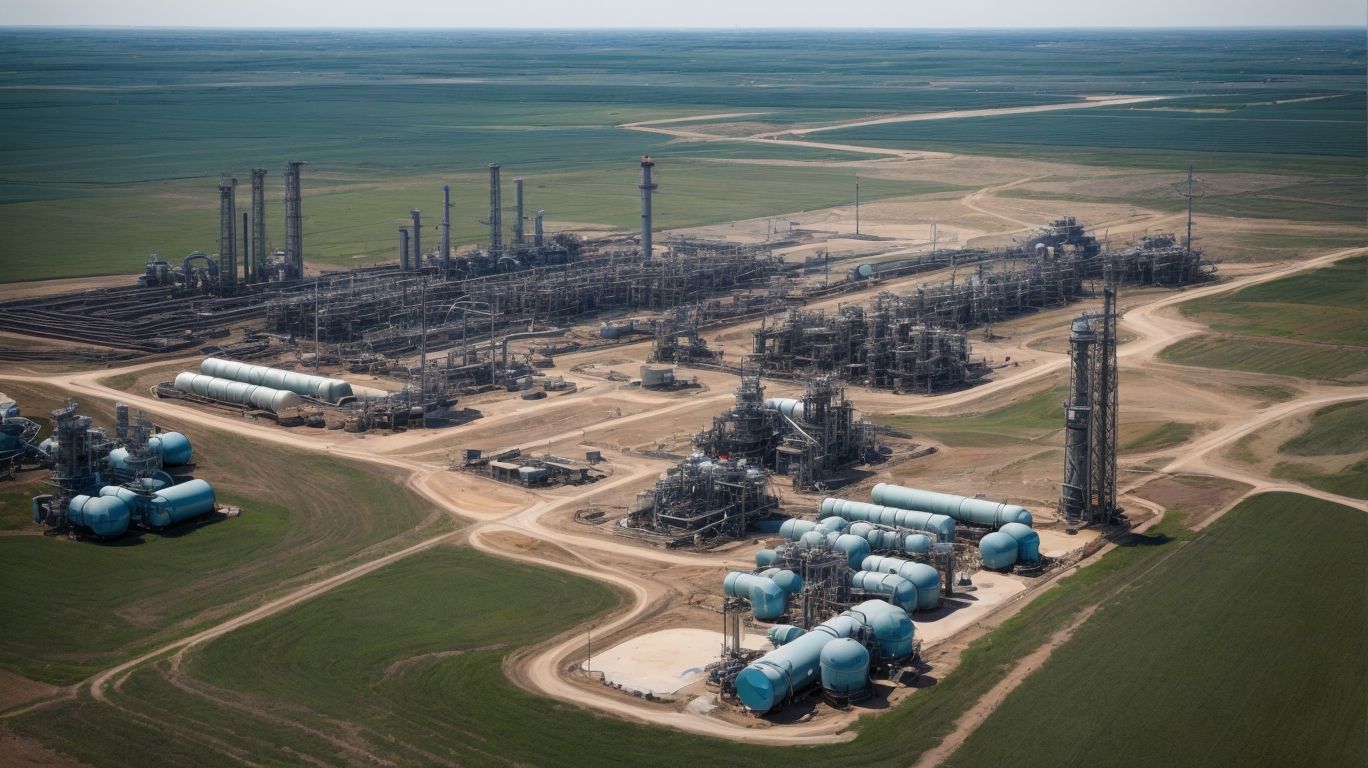
Photo Credits: Chemicalglossary.Net by Alexander Campbell
Natural gas is produced through a series of steps in the extraction and processing process. Here is a list of the steps involved:
- Exploration: Companies search for potential gas reserves using seismic surveys and drilling test wells.
- Drilling: Once a potential reservoir is identified, specialized equipment is used to drill wells.
- Extraction: Natural gas is extracted from the reservoir by creating a pressure differential or using hydraulic fracturing.
- Treatment: The extracted gas is treated to remove impurities, such as water, sulfur compounds, and other contaminants.
- Transportation: The treated gas is transported through pipelines or via liquefied natural gas (LNG) tankers to distribution points.
- Distribution: The gas is distributed to consumers through local distribution systems, such as pipelines or storage facilities.
Through these steps, natural gas is produced and made available for various uses, including heating, electricity generation, and industrial processes.
What are the Different Methods of Natural Gas Production?
There are several methods used for natural gas production, each with its own set of advantages and disadvantages. These methods include:
- Conventional drilling – the most traditional and straightforward method, involving the drilling of a well into a gas reservoir.
- Hydraulic fracturing (fracking) – involves injecting a high-pressure mixture of water, sand, and chemicals into shale formations to release trapped gas.
- Coalbed methane extraction – involves extracting gas trapped in coal seams.
It is important to consider factors such as environmental impact, resource availability, and cost-effectiveness when selecting the appropriate method for natural gas production.
What is the Role of Methane in Natural Gas Production?
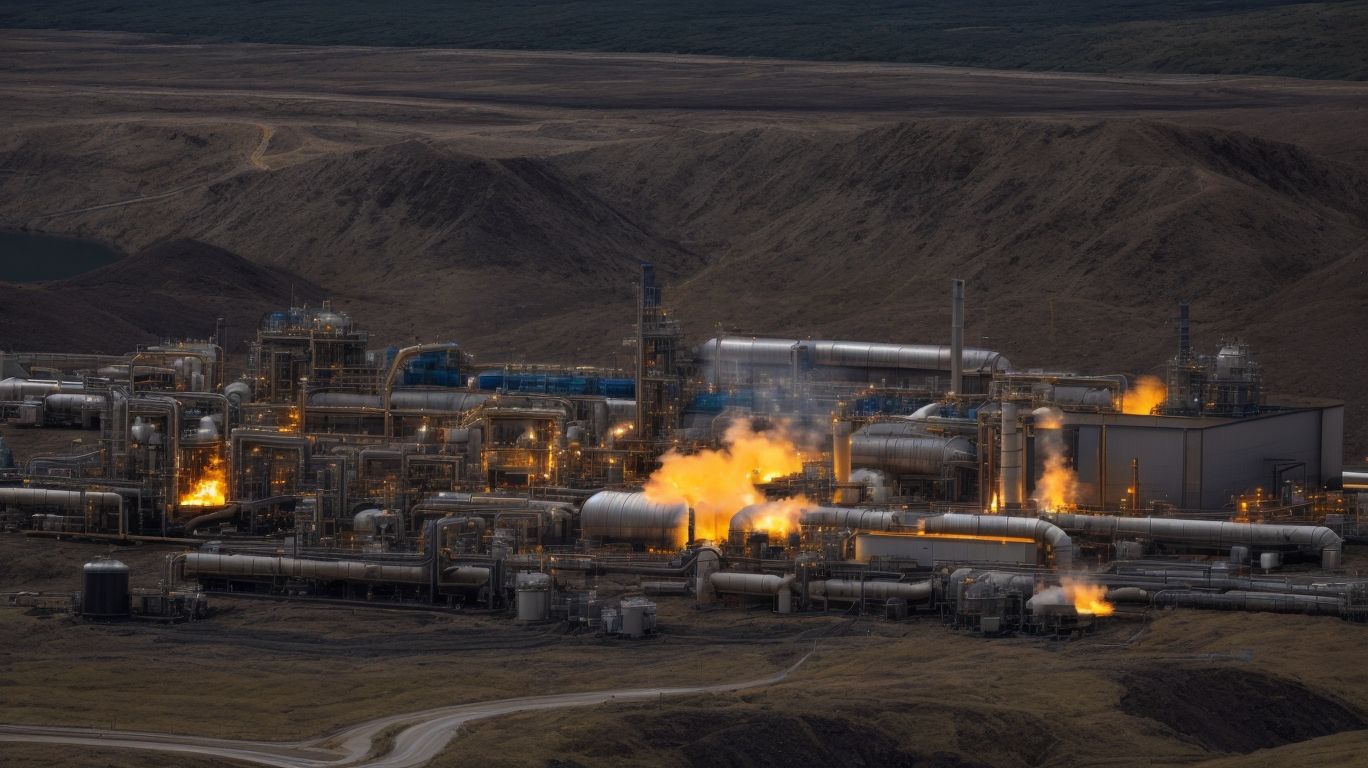
Photo Credits: Chemicalglossary.Net by Richard Taylor
Methane plays a critical role in the production of natural gas. It is the primary component, making up approximately 70-90% of the gas. The extraction of methane from underground reserves involves various drilling techniques, such as hydraulic fracturing or conventional drilling. Once extracted, it undergoes processing and purification to eliminate impurities before being distributed to consumers.
However, methane is a potent greenhouse gas that contributes to climate change. To address this issue, efforts are being made to advance technology and practices to reduce methane emissions during production, transportation, and storage. Some suggestions for reducing methane emissions include:
- Improving leak detection
- Implementing methane capture systems
How is Methane Extracted from Natural Gas?
Methane is extracted from natural gas through a process called natural gas processing. Here are the steps involved:
- Extraction: Natural gas is extracted from underground reservoirs through drilling.
- Separation: The extracted gas is separated from other substances, such as water and impurities, through processes like condensation and filtration.
- Compression: The gas is compressed to increase its pressure for transportation and storage.
- Purification: Any remaining impurities, including methane, are further removed through processes like absorption and adsorption.
- Liquefaction (optional): In some cases, methane is cooled and converted into liquefied natural gas (LNG) for more efficient storage and transportation.
To ensure sustainable natural gas production, it is crucial to adopt technologies and practices that minimize methane emissions throughout the extraction process. Regular maintenance of equipment, advanced leak detection systems, and proper venting and flaring procedures can help reduce methane leaks and mitigate the environmental impact.
What is the Importance of Methane in Natural Gas Production?
Methane plays a vital role in the production of natural gas. It is the main component of natural gas, accounting for approximately 70-90% of its composition. Methane is obtained from natural gas through drilling and extraction processes. Its significance lies in its high energy content and potential to replace other fossil fuels, as it produces fewer carbon dioxide emissions when burned. Methane is highly valued for its use in heating, electricity generation, and as a feedstock for the production of various chemicals and materials. However, the release of methane during production and transportation significantly contributes to climate change, making proper management and reduction of methane emissions crucial.
A true story: A Texas-based company successfully implemented advanced methane capture technologies in their natural gas production operations, resulting in a significant reduction in their methane emissions. This not only helped mitigate their environmental impact but also enhanced the overall efficiency and sustainability of their operations.
What are the Environmental Effects of Methane in Natural Gas Production?
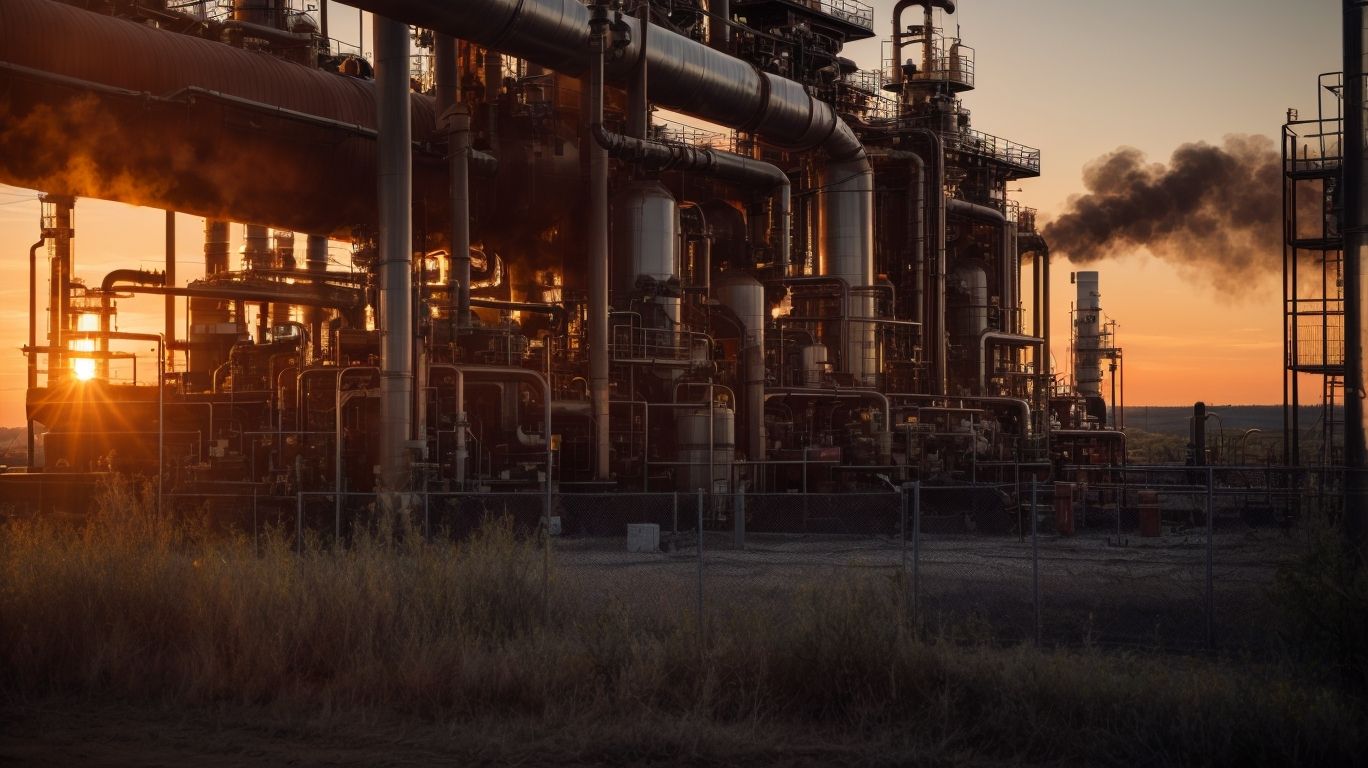
Photo Credits: Chemicalglossary.Net by Joseph Thompson
Methane in natural gas production has significant environmental effects. The release of methane during extraction and transportation contributes to global warming, air pollution, and smog formation, leading to respiratory issues. Methane is a potent greenhouse gas, with a warming potential 25 times greater than carbon dioxide over a 100-year period. It also poses a risk to human health by contaminating groundwater. Therefore, it is crucial to implement strict regulations and technology to minimize methane emissions and mitigate its impact on the environment. In fact, methane emissions from oil and gas operations account for about 30% of the total methane emissions in the United States.
How Does Methane Contribute to Climate Change?
Methane, a potent greenhouse gas, plays a significant role in contributing to climate change. Here are the steps that outline how methane contributes to climate change:
- Production: Methane is released during the extraction, production, and transportation of fossil fuels like natural gas and coal.
- Emissions: Methane is also emitted during the decomposition of organic waste in landfills, agriculture, and livestock.
- Heat-trapping: Methane has a much stronger heat-trapping effect than carbon dioxide, trapping more heat in the atmosphere.
- Global warming potential: Over a 20-year period, methane has a global warming potential over 80 times higher than carbon dioxide.
- Feedback loop: Increased methane emissions can lead to higher temperatures, which can further release methane stored in permafrost and undersea hydrates.
- Climate feedbacks: Methane contributes to the melting of ice caps, thawing of permafrost, and destabilization of ecosystems.
Reducing methane emissions is crucial in mitigating climate change and its impacts.
What are the Regulations for Methane Emissions in Natural Gas Production?
The regulations for methane emissions in natural gas production play a crucial role in mitigating environmental impacts. These regulations have the goal of limiting the release of methane, a potent greenhouse gas, during the process of extraction, processing, and transportation. They include measures such as monitoring, reporting, and reducing methane leaks and flaring.
Various industry guidelines, state regulations, and international agreements, such as the Methane Guiding Principles, provide frameworks for controlling methane emissions. These measures promote the use of best practices, advanced technologies, and regular inspections to ensure compliance. Effective regulations for methane emissions are essential for achieving climate goals and reducing the environmental footprint of natural gas production.
How Can Methane Emissions be Reduced in Natural Gas Production?
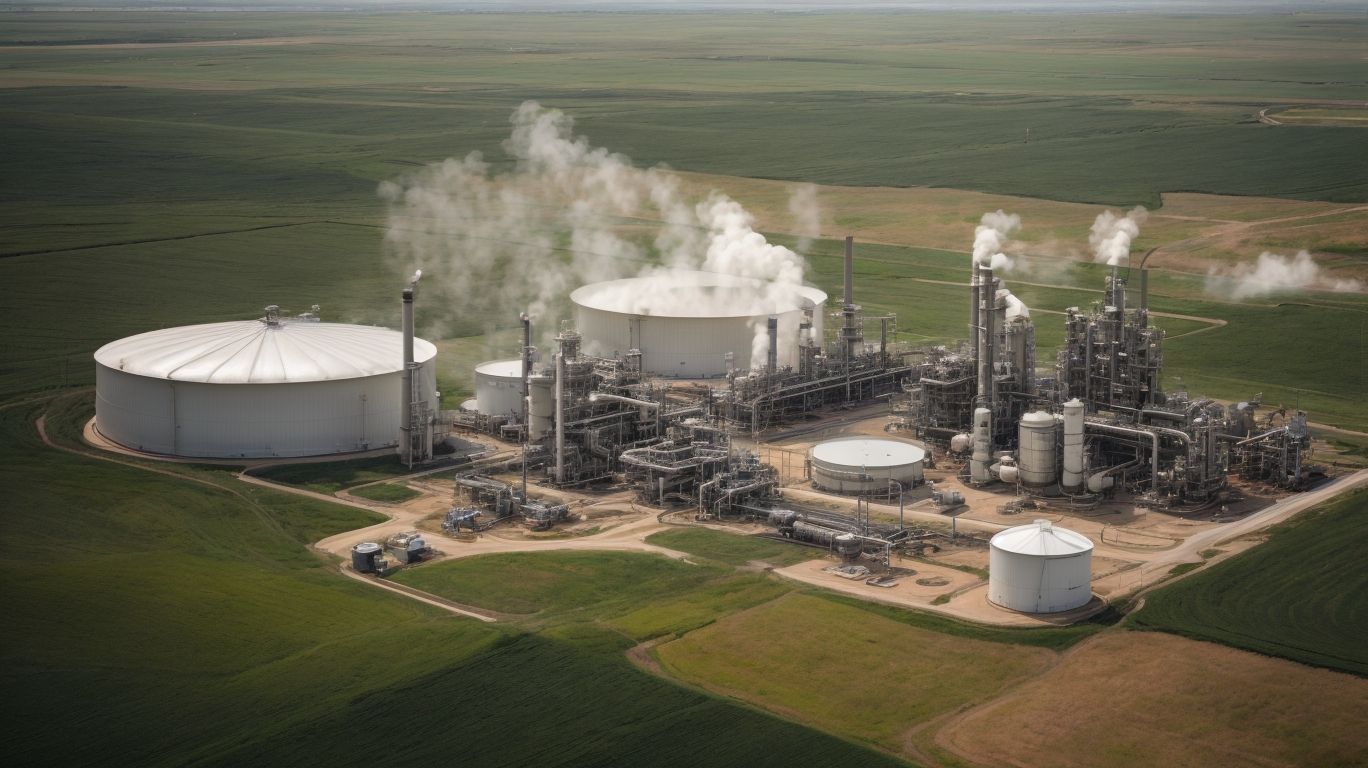
Photo Credits: Chemicalglossary.Net by Juan Young
To decrease methane emissions in natural gas production, there are several steps that can be taken:
- Implementing Leak Detection and Repair (LDAR) programs to identify and repair leaks in equipment and infrastructure.
- Using advanced technologies, such as infrared cameras, to detect and monitor methane emissions.
- Improving operational practices, such as minimizing flaring and venting during production processes.
- Adopting equipment upgrades and replacements to decrease methane leakage.
- Implementing best practices for well completions, including the use of reduced emissions completions (RECs).
- Implementing proper maintenance and inspection protocols to ensure equipment is functioning efficiently.
- Investing in research and development for innovative technologies to mitigate methane emissions.
- Increasing transparency and reporting on methane emissions to promote accountability and encourage industry-wide improvements.
Frequently Asked Questions
What is natural gas and how is it formed?
Natural gas is a fossil fuel energy source that contains many different compounds, with the largest component being methane (CH4). It was formed millions to hundreds of millions of years ago from the remains of plants and animals that were buried and underwent pressure and heat, resulting in the formation of coal, oil, and natural gas.
What is the role of methane in natural gas production?
Methane is the main component of natural gas and is a hydrocarbon gas made up of one carbon atom and four hydrogen atoms. It plays a crucial role in natural gas production as it is the primary fuel that is extracted and used for energy and other purposes.
What are the different types of natural gas formations?
Natural gas can be found in conventional formations, where it has moved into large cracks and spaces between layers of rock, or in unconventional formations, where it occurs in tiny pores within sedimentary rock. It can also be found in association with crude oil or in coal deposits.
How is natural gas extracted from the earth’s surface and ocean floors?
Geologists use seismic surveys to locate potential natural gas deposits. On land, thumper trucks or small amounts of explosives may be used, while in the ocean, blasts of sound are used to explore the geology beneath the ocean floor. If a site shows potential, an exploratory well is drilled and tested to determine the quality and quantity of natural gas available.
What happens to natural gas after it is extracted?
Once natural gas is found, it undergoes a process called “fractionation” to separate it into different components, such as methane, ethane, and propane. These components are then transported through pipelines or by tanker ships for use in various industries.
What are the environmental impacts of natural gas production?
While natural gas is a cleaner burning fuel compared to other fossil fuels, its extraction and use can still have negative impacts on the environment, such as air and water pollution, and the release of methane, a potent greenhouse gas. Efforts are being made to develop more sustainable and environmentally friendly methods of extracting and using natural gas.
